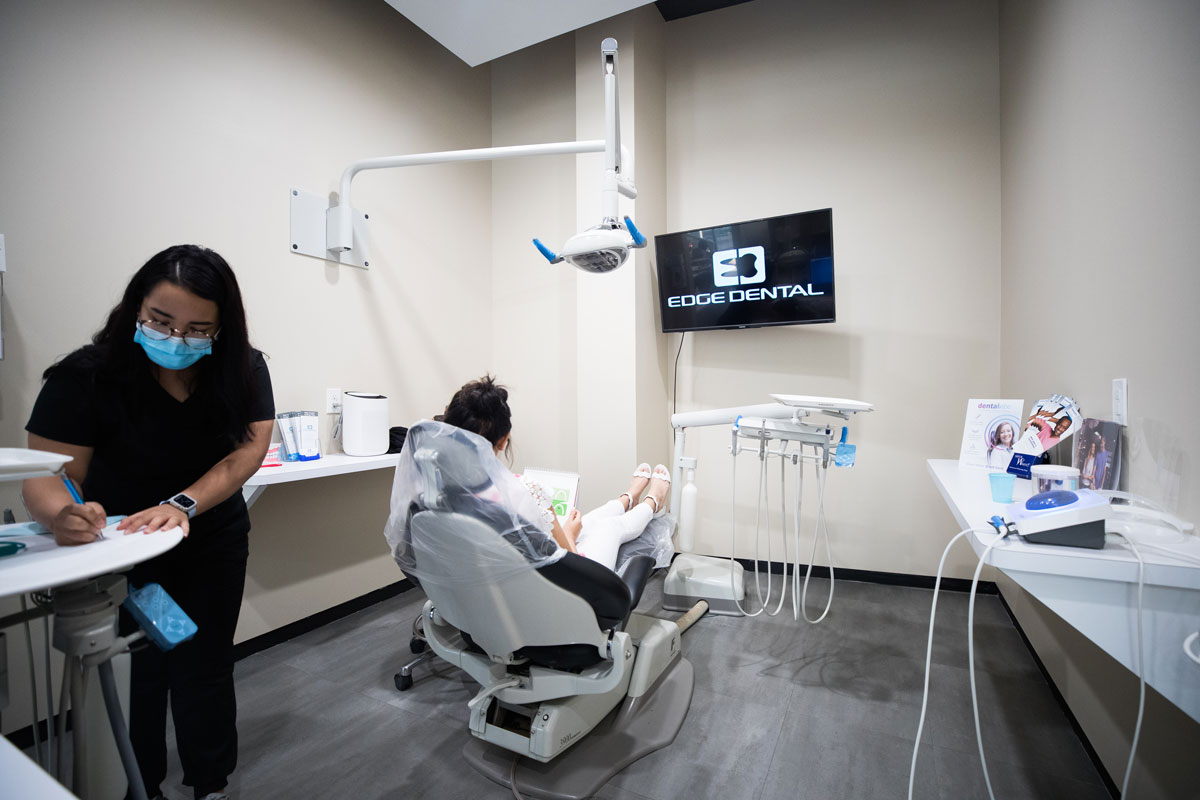Breast cancer affects millions of women worldwide each year. Breast cancer affects millions of women worldwide. It is the most common form of cancer in females. Recent years have seen a rise in concern over the rapid increase of breast cancer cases. This article will explore the causes of the rapid growth in breast cancer cases among women, and give insights into the factors that may be contributing to this alarming pattern.
Lifestyle and environmental factors
Diet and Nutrition Our modern eating habits are a major factor in the increase of breast cancer. Processed foods high in sugars and unhealthy fats have been linked with an increased breast cancer risk. A lack of nutrients such as fruits and veggies can also compromise the body’s capability to fight cancer.
Sedentary Lifestyle The modern sedentary lifestyle has increased obesity rates. This is a known risk factor for breast carcinoma. Weight gain can be caused by a lack of exercise and prolonged sitting. This increases estrogen levels, increasing the risk of developing breast cancer.
Exposure to Environmental Toxins Environmental influences, such as the exposure to endocrine disrupting chemicals (EDCs), may have a significant effect on breast cancer development. These chemicals are found in household products, pesticides and plastics. They can mimic hormones and cause uncontrolled cell proliferation and breast cancer.
Hormonal influences
Hormone Replacement Treatment (HRT). The use of HRT in menopausal woman has been linked to an increased risk of breast carcinoma. Synthetic hormones in HRT may stimulate breast cancer cell growth, leading to an increased incidence of the disease.
Breast Cancer Risk Increased by Early Menstruation or Late Menopause. Women who begin menstruating at an early age, or those who enter menopause later in life are at greater risk for breast cancer. Breast cancer can be more likely to develop if estrogen is exposed for a longer period of time during menstruation.
Genetic and hereditary factors
\BRCA Mutations Women who have specific genetic mutations in the BRCA1 or BRCA2 gene are at an increased risk of breast cancer. These mutations can be hereditary, and they may contribute significantly to the rapid increase in breast cancer cases within some families.
Family History Breast cancer in the family can increase a person’s risk. Breast cancer is a rapidly growing disease, and genetics and hereditary issues play an important role.
Lack of Early Detection
Breast cancer can be treated successfully if it is detected early. In some areas, the lack of screening services and mammography can delay diagnosis. The rapid increase in advanced breast cancer cases is due to this lack of early detection.
Breast Cancer Awareness is Limited Public awareness campaigns play a vital role in educating women on breast cancer symptoms, and the importance to perform regular self-examinations. Many women in regions where breast cancer awareness is low may not be able to recognize signs and seek medical attention before the cancer has progressed.
Socioeconomic Inequalities
Access to Healthcare Socioeconomic disparities such as limited healthcare access can prevent early detection and timely breast cancer treatment. Women with low incomes or education levels can face obstacles in accessing medical care. This contributes to the rapid increase in breast cancer cases among disadvantaged communities.
Stress and Mental Health Psychological issues and stress can deteriorate the immune system, and may impact on the progression and development of breast cancer. Chronic stress, depression, and anxiety may be contributing factors to the increase in breast cancer among women.
Diet and nutrition:
Breast cancer is linked to poor dietary habits, such as a high intake of processed foods, sugary drinks, and unhealthy fats. These eating patterns can cause weight gain and inflammation, which can promote cancer growth.
Sedentary lifestyle:
Obesity is a result of modern sedentary living, which involves long hours spent at a desk or in front of a screen. Breast cancer is associated with obesity, which can increase estrogen levels and promote the growth of cancerous cells.
Exposure to environmental toxins:
Exposure to chemicals that disrupt hormones (EDCs), such as those found in plastics, pesticides and cosmetics, can cause hormonal imbalances. EDCs mimic estrogen and can cause uncontrolled cell proliferation, which may increase the risk of breast cancer.
Hormonal influences
Hormone Replacement Therapy:
Synthetic hormones can be used in the Hormone Replacement Therapy, which is often used by women going through menopause to treat symptoms such as hot flashes. These synthetic hormones stimulate breast tissue and increase the risk of cancer in women taking HRT. Early Menstruation or Late Menopause
Women who begin menstruating early or enter menopause late are exposed to estrogen over a longer period of time. Breast cancer is more likely to develop if estrogen exposure increases.
Genetic and hereditary factors
BRCA Mutations
Breast cancer is significantly increased by specific genetic mutations such as BRCA1 or BRCA2. These mutations are hereditary and can run in families, contributing to the rapid increase of breast cancer cases.
Family History
A family history of breast carcinoma, particularly in first-degree relations (e.g. mother, sister or daughter), can be a risk factor. Breast cancer can be accelerated by genetic and hereditary factors, particularly in families that have a history of it.
Mammography and screening inadequates:
Early detection of breast cancer through mammography and regular screening is crucial for successful treatment. In some areas, screening services may not be available, resulting in delayed diagnosis and an increased number of advanced breast cancer cases. Breast Cancer Awareness is Limited:
Breast cancer is a disease that many women are not aware of. This can lead to them missing early symptoms or failing to seek medical care. This leads to late diagnosis and worse treatment outcomes.
Socioeconomic Inequalities
Access to Healthcare
Barriers to healthcare can be created by socioeconomic disparities. Women with low incomes or education levels can have difficulty obtaining timely medical treatment, including breast screening and treatment. These disparities are a major factor in the increase of breast cancer among disadvantaged communities.
Stress and Mental health:
Stress, depression, and anxiety can affect the immune system, which could have an impact on breast cancer development. Women’s breast cancer incidence may be affected by chronic stress and emotional factors.
Conclusion
The rapid increase in breast cancer among women is complex and influenced by many interconnected factors. These factors must be addressed comprehensively, through public health initiatives and increased access to healthcare. There should also be an increase in awareness and research on breast cancer treatments and causes. We can reduce the impact of breast cancer on women by addressing these issues. Early prevention, support, and education are crucial in the fight against breast cancer.




